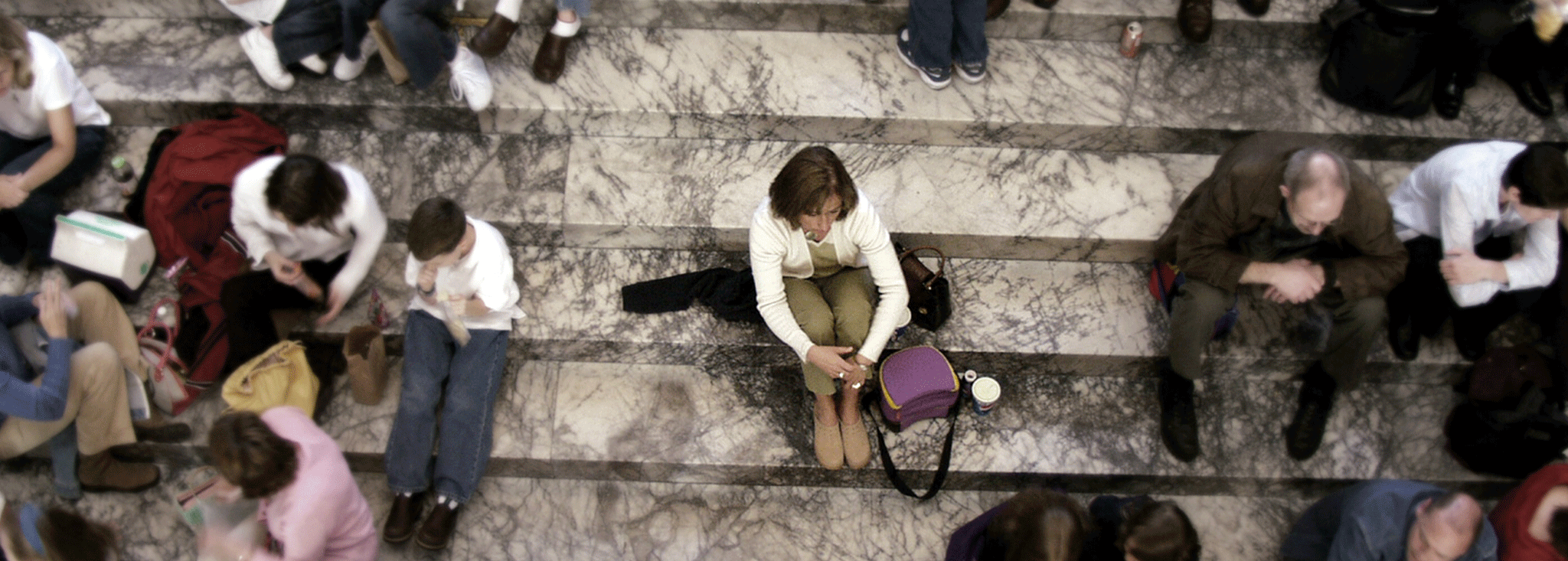Stigmas in the Type 2 Population
Many of us have wishes. For example: thinking more positively, finding a partner, getting married, having children, having good health, a job and having stability in general. We build our thoughts about how a “good” and “valuable” life should be. Quite often, we judge ourselves for having the “wrong emotions,” the “wrong thoughts,” or for putting ourselves in “socially unacceptable situations.” We judge ourselves by what happens to us or what happens around us by labeling it as “good” or “bad.”
Living with type 2 diabetes, not only involves dealing with endless changes in order to take care of our health, but it also involves dealing with feelings like sadness, anger, frustration, guilt and the process of grief after diagnosis.
We think this is normal, but no one teaches us to face these natural emotions and we don’t like going through them and try to put them aside. By labeling our natural emotions as “good or bad” and by trying to put aside the bad ones, we lose the ability to face the world and its problems.
Stigma is associated with negative responses and feedback related to something socially unacceptable or inferior. We characterize stigmas by asking ourselves what is wrong with us and it affects our responses to addressing those problems.
Stigmas are giant barriers that take us away from our ability to face the world as it is, not as we would like it to be. A type 2 diabetes diagnosis is full of stigmas and judgment. When we are diagnosed we can automatically think things like:
- I am a sick person.
- I am not a healthy person.
- I am worse off than all my healthy relatives.
- I am better off than someone who has another more complex condition.
- I used to be able to eat whatever I wanted.
- Now I cannot eat anything.
We can also think things like, “I don’t want to have diabetes anymore,” “I don’t want to feel this way,” or “I would like to be the way I was before.”
The fact is that going through these emotions is normal—not wanting to feel this way is like wanting to be made of stone. Difficult emotions and dealing with them are part of our lives as human beings; it’s simply part of life.
Many times, we avoid discussing diabetes because of the stigmas surrounding it. Here are some ways we encounter them in our lives:
- A wall of silence: Loved ones around a person with diabetes often avoid any conversation about the subject.
- Lack of interest: People with diabetes who have just been diagnosed are rarely asked about their well-being and if they are, it is usually done superficially.
- Useless tips like: “It’s important to move forward,” “don’t cry”, or “don’t be sad.”
- Self-stigmatization: Assuming that others are condemning or judging.
On the contrary, my recommendation would be to look at ourselves with more compassion, to look at what is happening to us as a challenge and as an opportunity to make changes. Learning to deal with the discomfort of natural emotions and the things that happen to us, and instead of avoiding them, look at them as part of life. Look at what happens to us with a little perspective—educate yourself and educate others!
When we see diabetes as a challenge and an opportunity to change our habits, improve our quality of life and take care of our health and the health of those around us, we are acknowledging, learning and accepting that we are living with diabetes.
References:
Fisher L, Polonsky WH, Hessler DM. Masharani U, Blumer I, Peters AL, Strycker LA, Bowyer V. Understanding the sources of diabetes distress in adults with type 1 diabetes. 2015
Steven C. Hayes Kirk Strosahl Kelly G. Wilson. Terapia de Aceptación y Compromiso (Acceptance and commitment therapy). Proceso y práctica del cambio consciente (To process and to practice change with great care). Psychology Library. Desclee de Brouwer. 2015
José I Cruz Gaitán, Michel. A Reyes O, Zenyazenn I Corona Ch. Duelo: Tratamiento basado en la terapia de aceptación y compromiso (Treatment based on acceptance and commitment therapy). México City: Editorial Manual moderno 2017.





